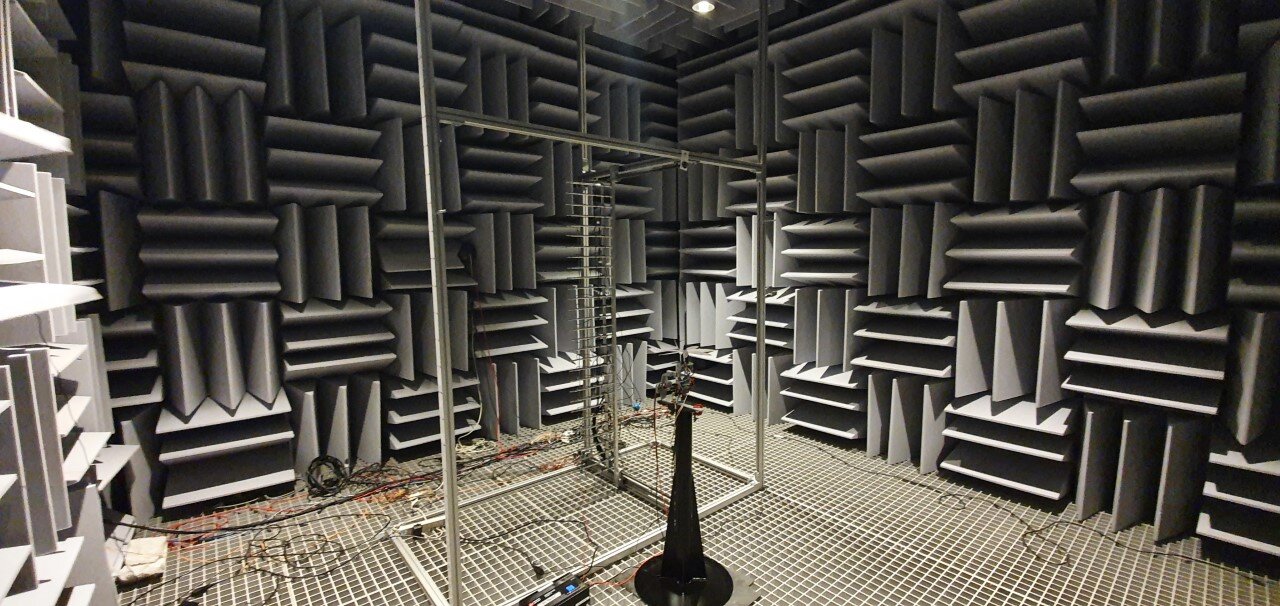#Researchers design next-generation photodetector

“#Researchers design next-generation photodetector”

Northwestern University researchers have developed a new approach to quantum device design that has produced the first gain-based long-wavelength infrared (LWIR) photodetector using band structure engineering based on a type-II superlattice material.
This new design, which demonstrated enhanced LWIR photodetection during testing, could lead to new levels of sensitivity for next-generation LWIR photodetectors and focal plane array imagers. The work could have applications in earth science and astronomy, remote sensing, night vision, optical communication, and thermal and medical imaging.
“Our design can help meet the urgent demand for ultra-sensitive photodetectors,” said Manijeh Razeghi, Walter P. Murphy Professor of Electrical and Computer Engineering, who led the study. “The architecture uses a unique type-II superlattice material that optimizes LWIR photodetectors to run with low power, higher optical gain, and excellent stability.”
While recent advances in semiconductor materials and devices have led to notable progress in the development of photodetectors that can capture LWIR wavelengths, state-of-the-art LWIR detection technology still suffers from shortcomings. Many photodetectors rely on mercury cadium telluride as a semiconductor, a material that can achieve excellent sensitivity and speed, but also produces low photocurrent gain and excess spectral noise.
Razeghi, who directs Northwestern’s Center for Quantum Devices (CQD), designed the photodetector using a type-II superlattice, a material system known for its outstanding growth uniformity and exceptional band structure engineering—the ability to control the band gap in a material, the space where no electron charge is present. This made it an optimal alternative semiconductor to mercury cadmium telluride for a LWIR system. Her team then applied the new material to a heterojunction phototransistor device structure, a detection system known for its high stability, but one previously limited to short-wave and near infrared detection.
During testing, the type-II superlattice allowed each part of the photodetector to be carefully tuned to use the phototransistor to achieve high optical gain, low noise, and high detectivity.
“The material’s demonstrated flexibility allows for meticulous quantum mechanics-based band structure engineering for the heterostructure design, making it a versatile candidate to push the limits of infrared detection,” Razeghi said.
The research builds on CQD’s long history of work developing and understanding the physics of quantum semiconductor devices for novel applications, from military and earth science to medical systems. This novel artificial quantum structure opens the door toward next-generation high-gain photodetectors with potential for high-speed applications with ultra-sensitive detection capabilities for single photon detection.
A paper outlining the work, titled “Band-structure-engineered High-gain LWIR Photodetector Based on a Type-II Superlattice,” was published January 14 in the journal Light: Science and Applications.
New method improves infrared imaging performance
Arash Dehzangi et al, Band-structure-engineered high-gain LWIR photodetector based on a type-II superlattice, Light: Science & Applications (2021). DOI: 10.1038/s41377-020-00453-x
Citation:
Researchers design next-generation photodetector (2021, February 2)
retrieved 2 February 2021
from https://phys.org/news/2021-02-next-generation-photodetector.html
This document is subject to copyright. Apart from any fair dealing for the purpose of private study or research, no
part may be reproduced without the written permission. The content is provided for information purposes only.
If you liked the article, do not forget to share it with your friends. Follow us on Google News too, click on the star and choose us from your favorites.
For forums sites go to Forum.BuradaBiliyorum.Com
If you want to read more Like this articles, you can visit our Science category.




